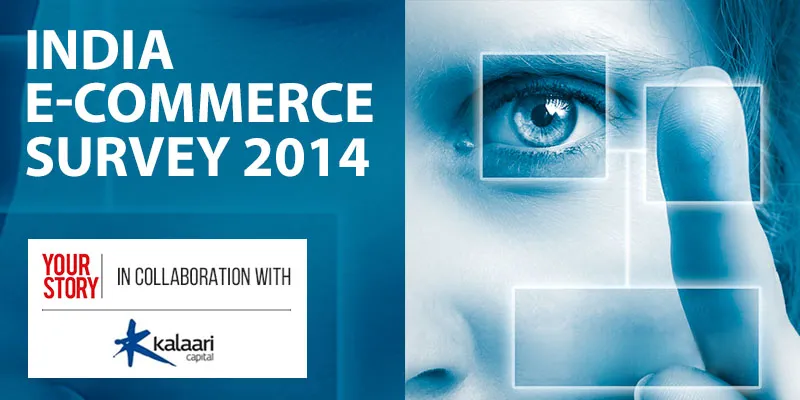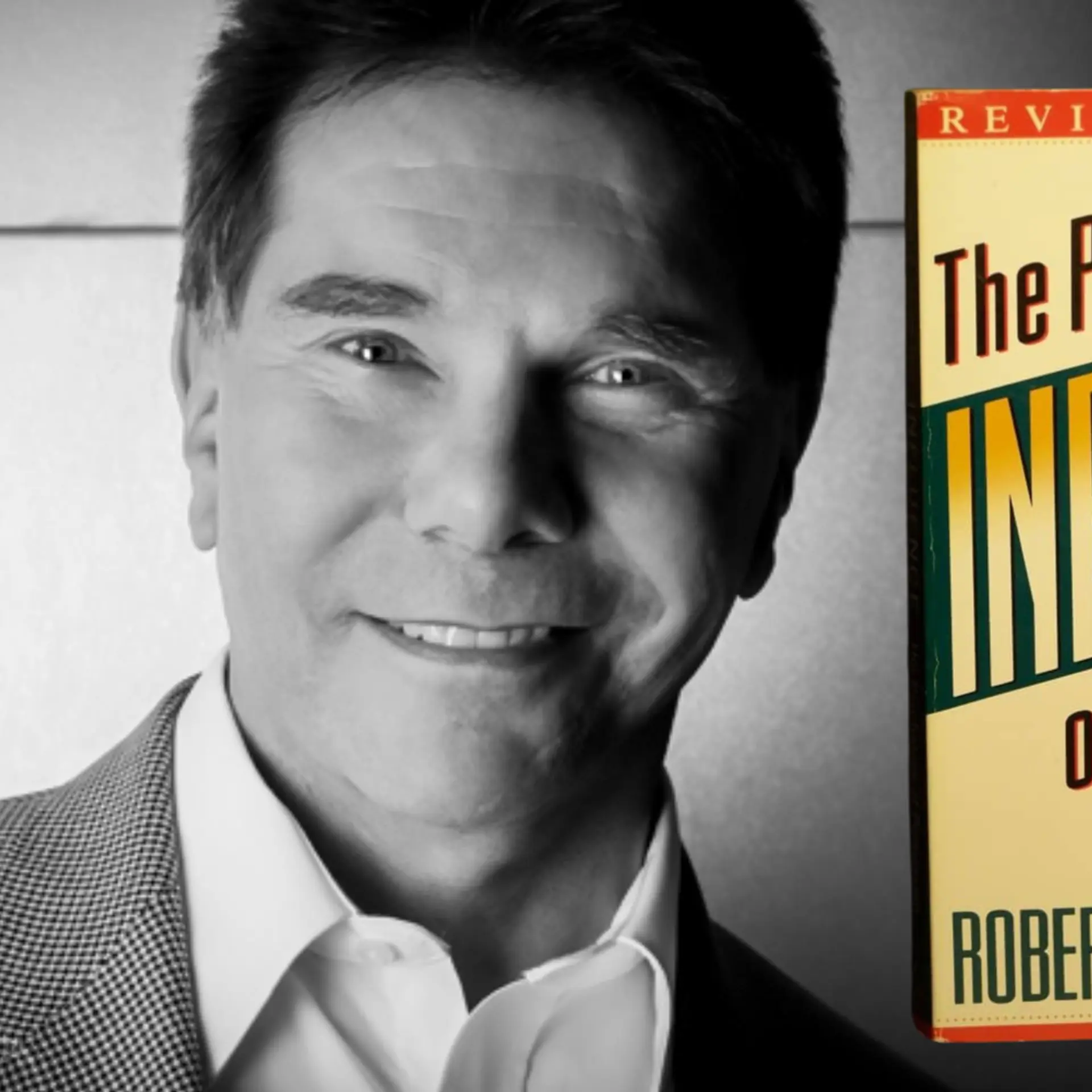Is there any brand loyalty in the Indian e-commerce space?
YourStory, in collaboration with Kalaari Capital conducted an extensive survey of e-commerce consumers across India. The survey results and the infographic published earlier have provided a bird’s eye view of how the typical Indian e-commerce user thinks. We also published an infographic with some fun statistics from leading e-commerce websites. However, we did not want to stop there – we picked 14 lucky winners among the respondents and interviewed them based on their favourite e-commerce site.

The in-depth interviews covered various aspects of their purchase cycle and why they preferred a particular site, what benefits they saw, what they felt could do with some improvement and so forth. These were free-flowing discussions encouraged to obtain deep insights into their thinking.
From these interviews, Flipkart emerged as the most favoured e-commerce destination, followed by the cluster comprising of Myntra, Snapdeal and Amazon. However, it has to be noted that this was based from an extremely small sample size of 14 interviews.
1) Loyalties to e-commerce sites are in a state of constant flux
Loyalty to a specific e-commerce site is almost non-existent across the landscape. Sure, there are affinities for product discovery based on the particular category that the user is looking for – say, Amazon for books, Snapdeal & Flipkart for electronics and Myntra for fashion – but this affinity may or may not carry over to the purchase. In fact, some of the respondents had entered Company X as their most favoured site in the survey and by the time we called them for the interviews just 2 weeks later, they wanted to talk about Company Y where they had an excellent experience in the intervening period. It goes to show that despite strong brand recall and brand association with product category, purchase decisions are actually very practically made in most cases. More importantly, loyalties can change within a matter of days based on a new ad campaign or a new set of discounts or a new product category introduction.
Case Studies:
- Mr Anand had a strong preference for Snapdeal based on past shopping experience, discounts and timely deliveries. However, he also discussed how Amazon had been making strides in improving delivery time in the recent past
- Mr Krishan too preferred Snapdeal overall because of potential savings. He also mentioned that when it came to Electronics as a category, he would also consider Flipkart and Amazon before making a purchase
2) UI / UX awareness is rising rapidly in the consumers
Although most users do not use the term “UI / UX” to describe this point, they refer to use cases such as – “how products are displayed” or “how the search functionality works” or “how easy it is track my shipment”. Most users are now able to distinguish between a well laid out site that is easy to navigate and a primitive website that makes discovery and purchase very cumbersome. This could very well become the distinguishing factor when it comes to product discovery in the future.
Some context is needed here. Most of the top Indian e-commerce sites have their in-house UI/UX teams which are constantly conducting A/B tests, collecting metrics and tweaking the site to improve the experience for their users. UI / UX expert Ashwini Asokan, founder of Mad Street Labs (a UX design think tank and consultancy), says “The best e-commerce sites design their sites with the intention of personifying their brand identity. Some want to provide the ‘mall experience’, while some may want to provide the ‘bargain hunting’ experience”. In essence, there is no right or wrong cast in stone – each brand has to figure out what best represents their brand and how to communicate it to their users.
Case Studies:
- Ms Nikita felt that Snapdeal made it very easy to find the best deals quickly, while Mr Krishan felt that the layout of Snapdeal was cluttered
- Mr Niket felt that Flipkart had excellent usability and that counted for something even if the product was not priced at its lowest
- Ms Pamela felt that Myntra and Jabong have excellent product displays for fashion
3) Location & Shipping based biases and preferences apply
Surprisingly, users had not just a category-based preference, but also a location based preference. Users preferred different e-commerce players for different delivery destinations. This was based on shipping time, cost of shipping to a different location, product availability for that zip code and so forth. With Flipkart & Amazon rushing to deliver same day and in 24 hours, it is fast becoming an expectation with the consumers.
A bit of digging revealed that these preferences are simply based on misplaced perceptions and not facts. A large percentage of users in a mature market like the US prefer ‘standard shipping’, which in essence means that the products will be delivered in a reasonable period of time, say 2-4 days. This is perfectly fine given that most e-commerce purchases are not needed immediately. However, in the Indian landscape, most sites in their quest to acquire customers are setting up unrealistic expectations where even a simple t-shirt or a set of casual books are being shipped in 24 hours. So when this unrealistic expectation is being set and in fact promoted by these sites, it is no surprise that the consumers start expecting it for all purchases. This is a race to the bottom and will have a deep impact on long term profitability; in fact, we predict that this is going to stop in a few months and all sites will reach a baseline where products are going to be shipped in a reasonable period of time for a reasonable cost, if applicable. So in reality, location, shipping time and shipping cost need not dictate which e-commerce site to order from, as long as the product and pricing remain the same!
Case Studies:
- Mr Shubham preferred HomeShop 18 when ordering products for his family in Ayodhya, but he clearly preferred Flipkart or Myntra if ordering something for himself in Mumbai given the higher efficiency and better delivery records
- Mr Jayanth preferred Jabong because he felt that their delivery to tier-2 locations was one of the best
4) Perceptions remain for a long time in sites that are used infrequently
For niche websites that do not attract daily visitors, shaking off perceptions might be hard once they are formed. This is because the users do not return often because the nature of products do not warrant it, and hence they retain their first impression for a long time, whether real or perceived.
Case Study:
- Mr Piyush purchased lingerie for his wife from Zivame and felt that while everything worked out perfectly, the search was absent, making it hard to discover products. While Zivame now has a fully functional search feature, we do not know whether it is a real or perceived lack of feature based on a transaction about 3 months ago.
5) Offline outreach helps in brand recall
Impulse purchases still seem to form a major chunk of all online transactions of the Indian consumer. Given this behavior, anything that will get users to visit the site on their own can prove to be an additional number of transactions. Customized newsletters, targeted discounts and other means of communication all have been identified by users as a positive trend in getting them to visit the sites even when they had no prior plans of doing so.
Case Study:
- Mr Anuj felt that Snapdeal was innovative because they try out new things often. For example, they have started selling online courses as well as introduced features such as Indian language usage
Do you have additional insights to add to these 5? Leave your thoughts in the comments section below.







